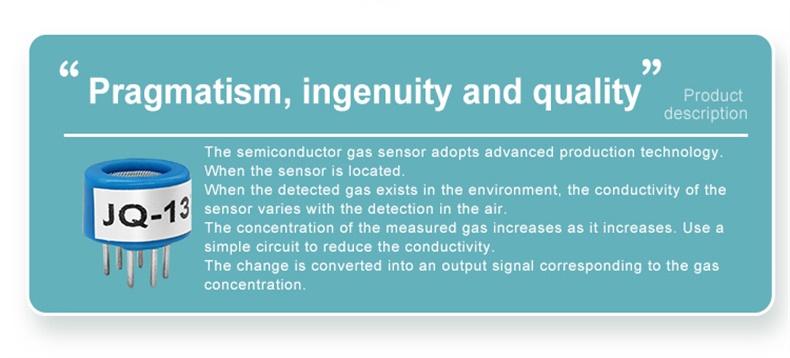As the world's population continues to grow at an alarming rate, environmental pollution has become a major concern. Air pollution, in particular, is a major problem in many parts of the world, leading to numerous health issues and even fatalities. To combat this growing problem, gas sensors have emerged as a key technology for monitoring air quality and ensuring safe environments.
Gas sensors are specialized electro nic devices that are designed to detect and measure the concentration of various gases in the environment. They work by sensing small changes in gas concentration levels and producing a corresponding electrical signal, which can then be analyzed and used to determine the presence of certain gases.
nic devices that are designed to detect and measure the concentration of various gases in the environment. They work by sensing small changes in gas concentration levels and producing a corresponding electrical signal, which can then be analyzed and used to determine the presence of certain gases.
There are many different types of gas sensors available today, each with their own unique characteristics and benefits. For example, electrochemical gas sensors typically offer high sensitivity and reliability, making them ideal for detecting small changes in gas concentrations over long periods of time. Meanwhile, infrared gas sensors use infrared radiation to detect the presence of specific gases, making them perfect for detecting leaks or other gas-related hazards.
One of the main benefits of gas sensors is that they provide an early warning system for potential gas-related dangers. By monitoring gas concentrations in real-time, these devices can alert users to any changes in gas levels that may indicate a hazardous situation. This can help prevent accidents and save lives in both industrial and residential settings.
In addition, gas sensors can be used to monitor and improve indoor air quality, which is critical for maintaining a healthy living environment. Poor indoor air quality can lead to a range of health problems, including headaches, respiratory issues, and allergies. By measuring the levels of various gases in the air, gas sensors can help identify potential sources of indoor air pollution and enable homeowners and businesses to take corrective action.
Gas sensors are also playing an increasingly important role in the fight against climate change. As governments around the world work to reduce greenhouse gas emissions, gas sensors are being used to track these emissions and identify areas where improvements can be made. By accurately measuring the concentration of various gases in the atmosphere, gas sensors can help ensure that we are taking the necessary steps to reduce our environmental footprint.
Despite their many benefits, gas sens ors do have some limitations. One of the biggest challenges is ensuring that they are accurate and reliable. Because gas sensors are so sensitive, they can be easily affected by factors such as temperature and humidity, which can lead to inaccurate readings. Additionally, gas sensors require regular calibration and maintenance to ensure that they continue to operate at peak performance.
ors do have some limitations. One of the biggest challenges is ensuring that they are accurate and reliable. Because gas sensors are so sensitive, they can be easily affected by factors such as temperature and humidity, which can lead to inaccurate readings. Additionally, gas sensors require regular calibration and maintenance to ensure that they continue to operate at peak performance.
Overall, gas sensors represent a key technology for ensuring cleaner air and safer environments. By providing an early warning system for potential gas-related hazards and improving indoor air quality, these devices are helping to protect people and the environment from the damaging effects of pollution. As technology continues to evolve and new advancements in gas sensing are made, we can expect to see even more innovative uses for gas sensors in the years ahead.
 : +86 155 8830 2704
: +86 155 8830 2704 : jxdziot@gmail.com
: jxdziot@gmail.com
